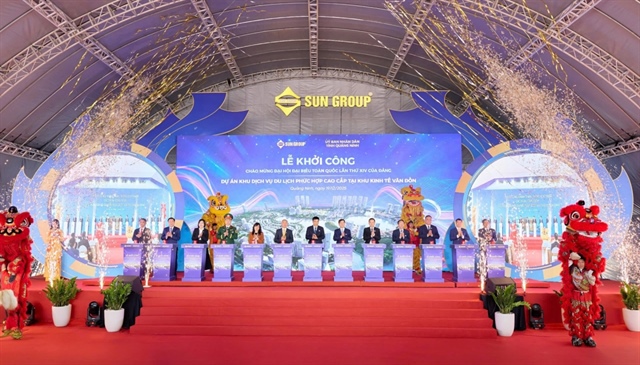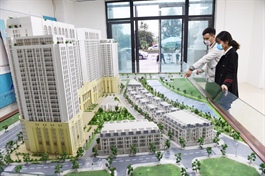The advantages and challenges of joint real estate investment in Vietnam
The advantages and challenges of joint real estate investment in Vietnam
Vietnam’s real estate market outlook remains positive, driven by strong domestic and foreign demand for housing and investment. However, high initial investment value and low liquidity are major barriers preventing individual and institutional investors from participating in large-scale projects with stable cash flow in Vietnam. Therefore, residential real estate is always a sought-after property for individual investors.
In Vietnam, the joint property investment model has been adopted by several companies in recent years. The recent launch of a new joint real estate investment company is great news for the market. Especially, in a time of constrained capital flow due to credit control from banks.
The latest is from Vingroup, who has just announced the establishment of VMI Real Estate Investment and Management Joint Stock Company for the purpose of investing in a certain amount of Vinhomes real estate, then divided into 50 parts so that investors without a large amount of capital can participate.
The buyer of each of these pieces will receive certifications of their asset and earn profit depending on the change in value. As announced, VMI commits to a minimum annual profit to ensure that investors still have a fixed income in case the market’s condition is not favourable. An online real estate information platform will be created to assist investors in finding investment information, exchanging, and finding other investors, with relevant consulting information and guidelines.
The model allows investors with smaller capital to join the market without the need to leverage risky financial instruments. In these types of funds, people contribute money to buy and have representatives to manage, use, and be responsible for selling and paying profits after deducting their own remuneration.
While this model is relatively new in Vietnam, it is not a stranger to the global financial market. One example is the Real Estate Investment Trust Fund (REIT) model.
A REIT is a company, trust, or association that invests directly in real estate through property or mortgages. They trade on a stock exchange and are bought and sold like stocks. REITs pay dividends as part of their structure.
In Vietnam, the first and only REITs is TCREIT, announced in 2021 by Techcom Capital. TCREIT focuses mainly on cash-flow-generating properties such as office buildings, retail shopping malls, hotels, and resorts. REIT fund certificates are still not a popular investment product because the legal frame for this model is not complete and stabilised asset classes are not big enough.
REITs in Vietnam are still in the early stage, however, with the fast-growing developments happening in all asset classes we are expecting to see more supply of stabilised income assets in the near future. As the market reaches this point, there will be more interest from institutional funds, banks, and investors to start creating REITs in Vietnam.
As Investors participating in any new form of capital contribution, they must have the knowledge to understand the value that this model brings and what factors could impact the outcome and their dividend collection. Some important factors to evaluate are profitability, profits, risks, and importantly, all legal aspects. The fund management companies, their reputation, and their experience are also extremely crucial factors to consider.
Looking at the nature of this form of investment, we can see that contributing money to these investment funds is no longer an investment in real estate, but more like an investment in a business. Thus, investors need to do in-depth research on that business and understand the capabilities of the leaders, coupled with a deep understanding of the foundations of the real estate market.
With clear payment, capital withdrawal, and transfer process – along with the economic growth momentum in favourable conditions – this model will surely attract a lot of attention.
With the rise of this model, the secondary real estate market is poised to become more vibrant, as more and more investors can participate in the market. New technology will also improve transparency and reduce barriers for investors from any location to participate.






















